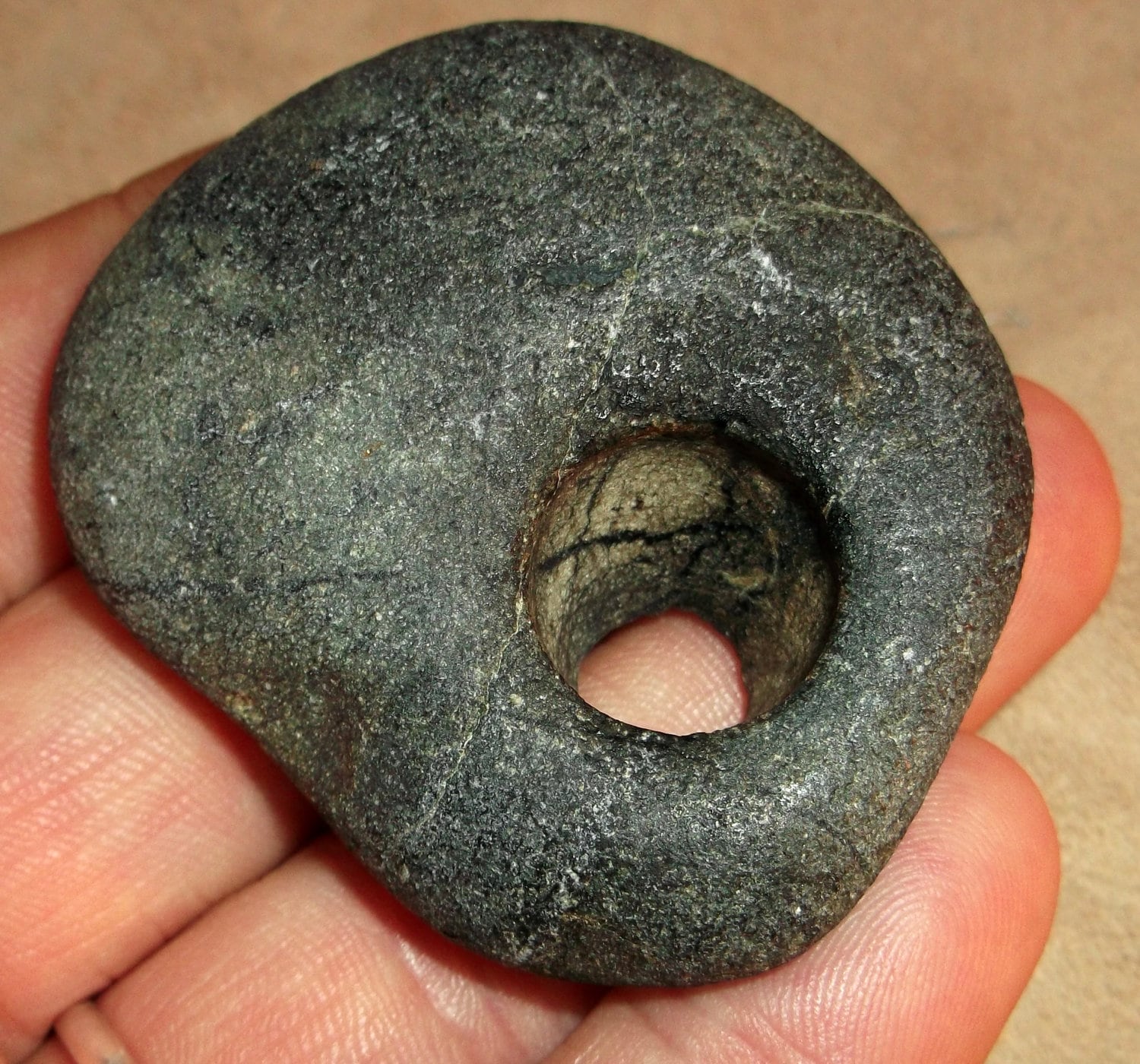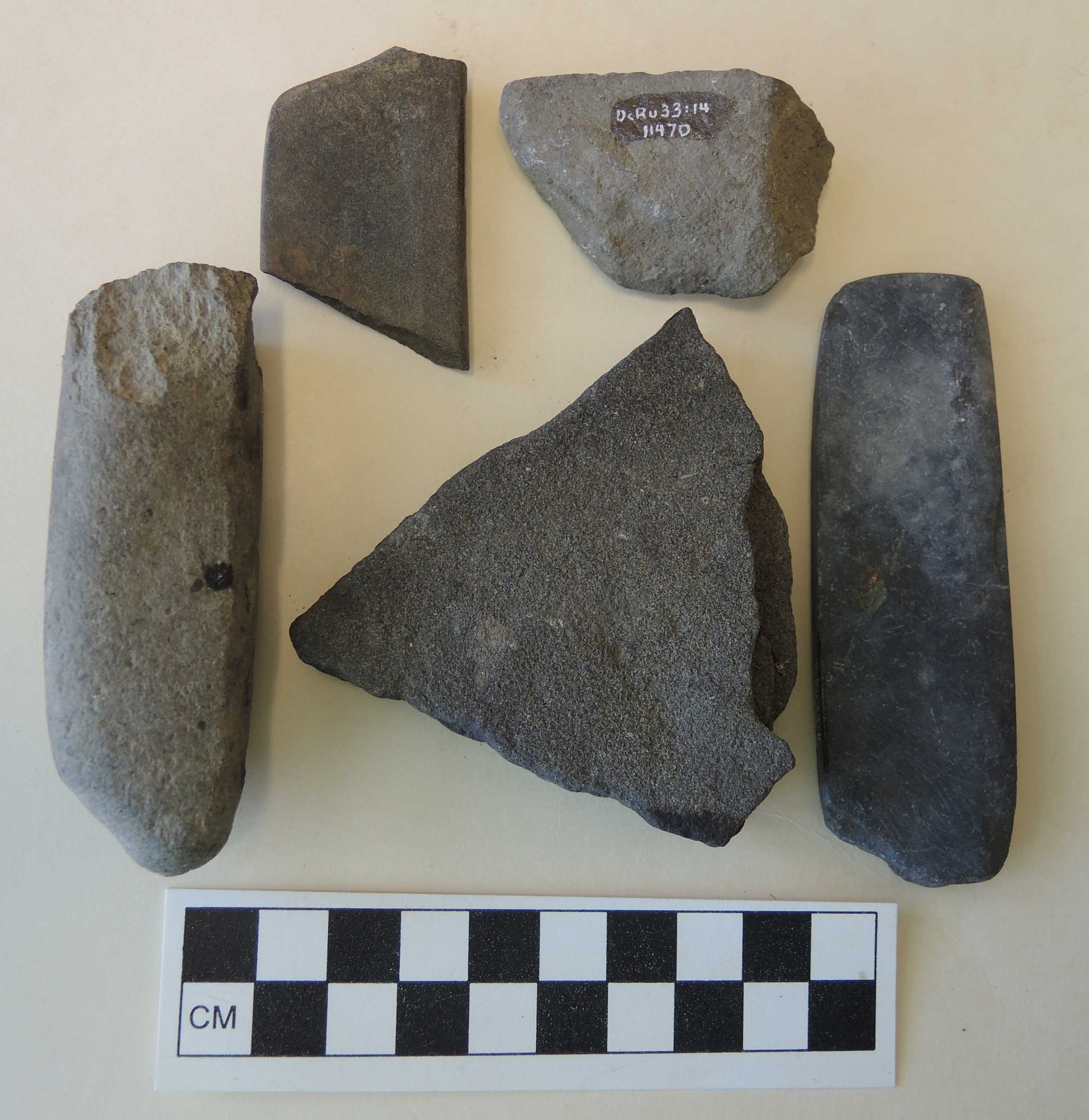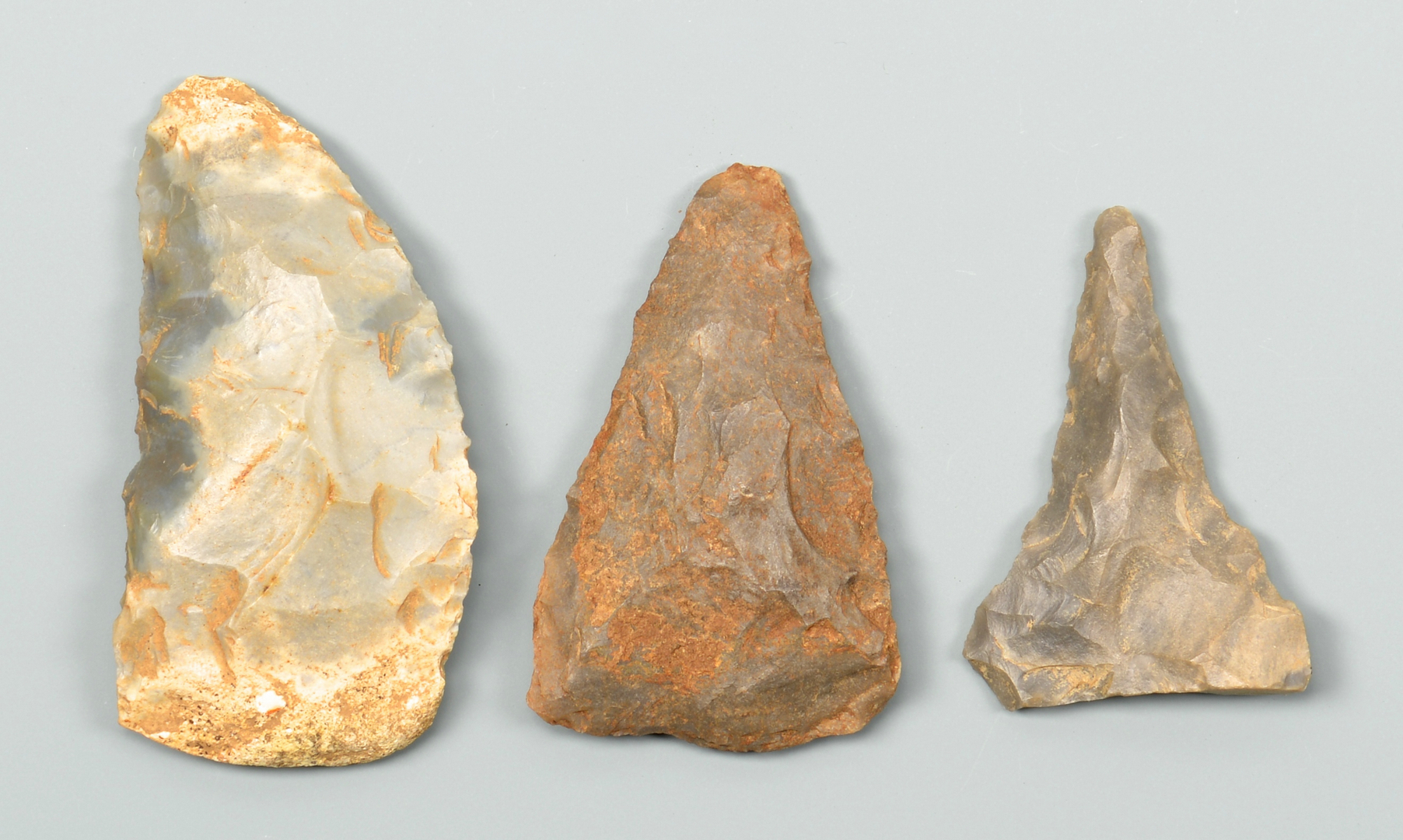
Pin on Indian artifacts
These are relatively easily made symmetrical stone tool forms ranging from triangular to tear-drop-shaped to leaf-shaped or bi-pointed in outline shape. The unstemmed point tradition is also characteristic of adjacent northeastern Mexico.

Idea by Rick Herndon on Native American Ground Stone Artifacts
1. Projectilepoints.net. Projectilepoints.net is my favorite website for arrowhead identification. You can perform a visual search based on multiple pictures of arrowheads, or you can do a regional search. But the best feature that this website offers is the "search by state" option. This really helps in quickly narrowing down your search.

rare 12 cm long (sub) triangular handaxe from the Dordogne Ancient
New research published today in Science Advances describes the discovery of two new spearpoint technologies at the Buttermilk Creek Complex of the Debra L. Friedkin archaeology site in Bell County.

Paparazzi "Grounded in ARTIFACT" Yellow Stone Triangular Arrow Pendant
GROUND STONE TOOLS . This section contains artifacts developed by Native Americans through a peck and grind technology or that were used in that process. PROJECTILE POINTS. This section contains the projectile points and knives that occur throughout the southeastern United States including those made of stone, faunal or marine materials. PIPES

123A1246 Carved bone artifact, has a triangular design ca… Flickr
These objects served a variety of purposes, both utilitarian and ceremonial, and they were made using several techniques that include chipping, pecking, grinding, polishing, and etching or engraving. Knives & Large Bifaces Scrapers Drills Bowls Discoidals Hammerstones & Anvils Axes & Adzes Gorgets, Birdstones, & Engraved Pebbles

K.M. Paul Native american tools, Native american artifacts, Indian
The first triangular three pointers existed in stone and shell and were small and undecorated. They date from the first migration by ceramic bearing people in the lesser Antilles about 200 B.C. In time they became the most significant artifact of the Taino culture and received complex decorations. They could represent social status, political power, fertility and productivity.

Triangular stone plates These stone plates are one of the most
Measuring 12 to 13 cm per side and 1.4 cm thick, the stone, flattened with a whetstone or other tools, is shaped like an inverted triangle. While a horizontal line is drawn near the top side with a black pigment, an ellipse that apparently represents an eye and lines forming eyebrows and the nose are also painted on it.

Beautiful Paleo American Indian Triangular Blade Artifact Indian
Mortar and pestles and stones for grinding Carved stone pipes ElementalImaging / E+ via Getty Images Bone and Shell Tools Although not quite as enduring as stone, many tools and artifacts were made from bone or shell. Often, Native American tribes uses the materials available in their location.

NATURAL HEMATITE ARROWHEAD TRIANGLE SHAPE INDIAN SMALL ARTIFACT STONE
Myth Number 1: All triangular stone objects found on archaeological sites are arrowheads. Arrowheads, objects fixed to the end of a shaft and shot with a bow, are only a fairly small subset of what archaeologists call projectile points.

Very Rare Ancient Indian Artifact Fire Starting Stone Nice
Triangular lanceolate points are found by around 14,000 years ago. Excavations show that there was nearly continual habitation of the site beginning with the Buttermilk Creek complex occupation and. The Buttermilk Creek complex has yielded 15,528 pre-Clovis stone artifacts which have been separated into macrodebitage, microdebitage, and.

A First Nations Shell Midden on Raymur Point, Victoria Harbour Staff
Small stone arrow heads, known to archaeologists as "Madison Triangular Points," and frequently referred to as "bird points" by artifact collectors, are common at Fort McCoy archaeological.

Pin on Crafts
Projectile Points from Squirt Cave (45WW25): a-e) small triangular points with side notches and concave bases; f-h) small triangular points with slightly concave bases and asymmetrical shoulders; i and j) large, stemmed, triangular points with prominent shoulders, a medial ridge, and a straight base; k and l) small, weakly stemmed, triangular po.

NATURAL HEMATITE ARROWHEAD TRIANGLE SHAPE INDIAN SMALL ARTIFACT STONE
Description: A shape with three points Variations: I. Stone Slab Forms 1) Plain sided 2) Two shoulders on Top of Triangle 3) Triangular top (double slanted top) with rectangular bottom 4) Triangular top (single slanted top) with rectangular bottom 5) Flat-topped triangle II. Three Dimensional Forms

Pin on Triangle and circle symbolism in prehistory
by Esther Obanla When we talk about "rare Indian artifacts", we're referring to anything that was created by Native Americans prior to the European colonization of North America. This includes everything from arrowheads and pottery shards to beaded jewelry and ceremonial masks.

Triangle stone Ancient artifacts prehistoric, Native american tools
Welcome to Projectile Points Arrowhead Identification Guide, the largest most comprehensive on-line identification guide. We currently have over 2,600 unique points listed, and many more points soon to be listed. Most points have multiple examples pictured, other sites may have more pictures currently, but with your help our database in.

Lot 540 Group Native American Carved Stone Artifacts
General Terms for Stone Tools . Artifact (or Artefact): An artifact (also spelled artefact) is an object or remainder of an object, which was created, adapted, or used by humans. The word artifact can refer to almost anything found at an archaeological site, including everything from landscape patterns to the tiniest of trace elements clinging to a potsherd: all stone tools are artifacts.